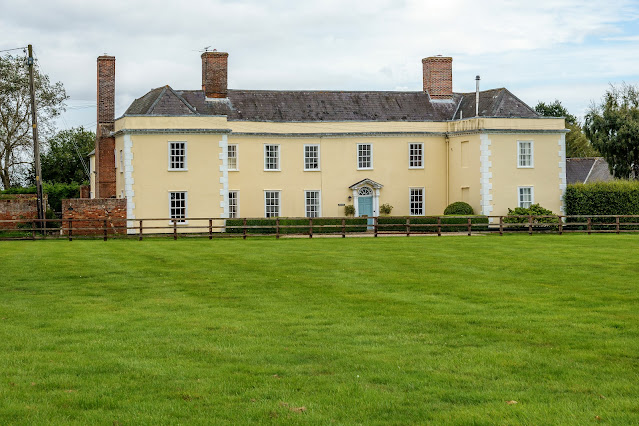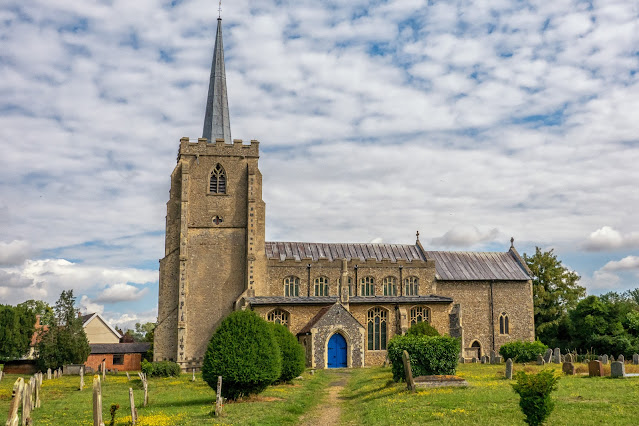Felixstowe is the nearest seaside town to us and seems to be gaining in popularity judging by the number of people seen there. A couple of visits within a few days and here are some images from those visits, including my first sight of the new Ferris wheel. But to start, some images from the Languard end of Felixstowe.
Many ferries as well as container vessels are visible at virtually any time.
Looking inland there is the beautiful Nature Reserve. Here with part of the old fort in the background.
Then, of course, the busy container port. The Port of Felixstowe is the United Kingdom's largest container port, dealing with 48% of Britain's containerised trade. In 2017, it was ranked as the 43rd busiest container port in the world and 8th in Europe, with a handled traffic of 3.85 million twenty-foot equivalent units (TEU). In 2019 it was ranked the UKs 7th busiest port - shows how it`s growing! Mind you, if you travel the A14 in the area you will see evidence of its growth with a continuous stream of container lorries.
As I said, all sorts of people visit Felixstowe these days - even The Wicker Family. Made by Tracey Barritt-Brown.
Used to be observation towers and gun emplacements guarding the entrance to Harwich
Blocks to stop all sorts of landing craft


Two types of observation for plotting ship positions - think I would trust the radar more!
The new Felixstowe Ferris wheel.
To quote from the local press: A new feature can be seen on a coastal resort's promenade after a Ferris wheel was erected. The temporary attraction, opposite Mannings Amusements in Felixstowe, Suffolk, stands at more than 34.5m (113ft) tall. Once open later this month, it will be able to hold 144 people, with six in each of its 24 gondolas.
The tourism organisation Visit Felixstowe said it was a "great feature" for the town.
East Suffolk Council approved plans for the observation wheel on Sea Road in June. At the time, it said it would provide an "additional attraction to the tourism offer at the resort, helping to support the wider economy".
Obviously, we all had to have a ride and enjoy the views from the top.
Colourful beach huts on the promenade
View from under the pier
Pier from the nearby beach. Where was everybody? - all on the pier it seemed when we went to try the slot machines.












.JPG)
.JPG)


































